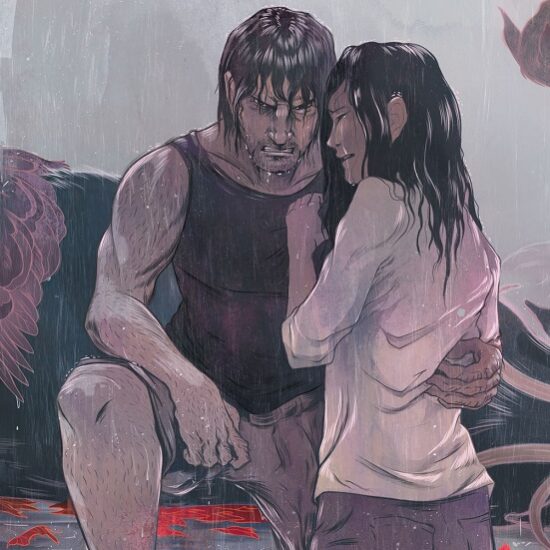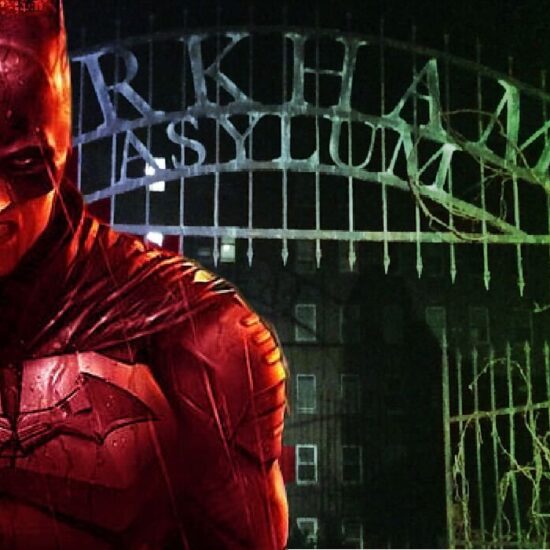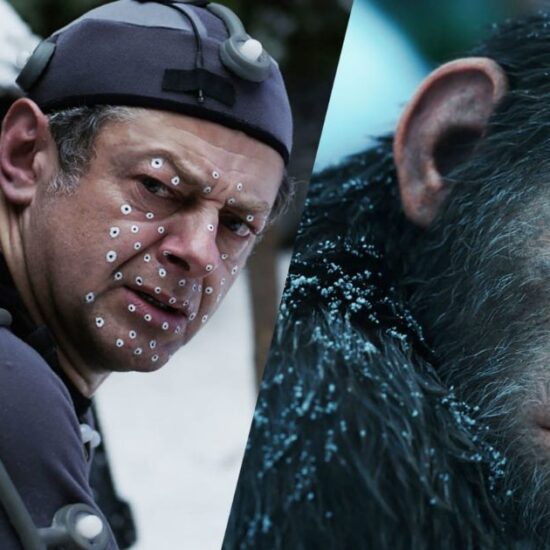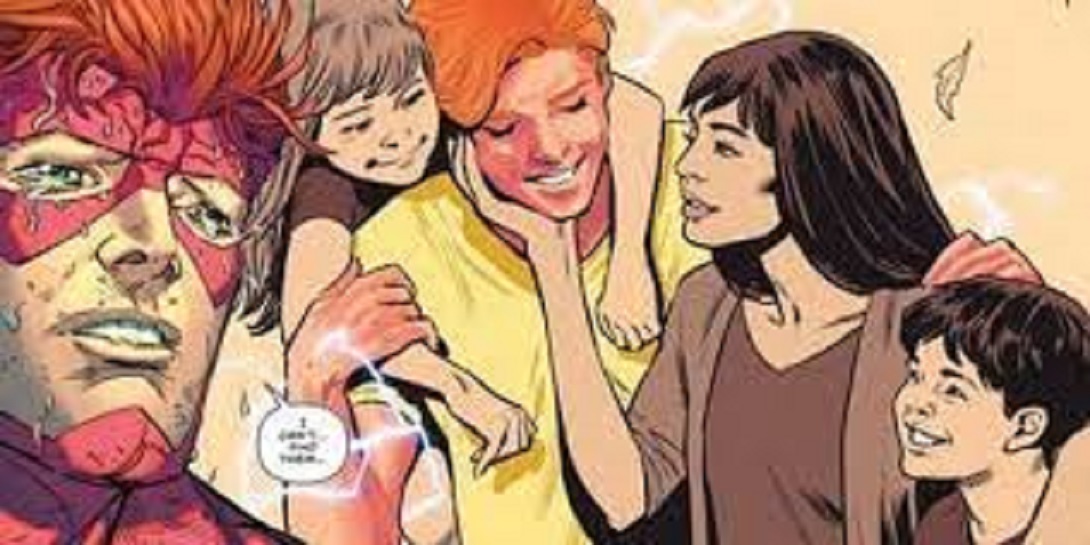
9
Sequential Art, or comics as it is more commonly known, is a unique form of Art AND entertainment. Like it’s cousins, moving pictures and prose fiction, comics seek to entertain their audience, but often at the same time do it in an artistic way- sometimes visually, sometimes through the craft itself and sometimes with a message or innovation. One aspect that has come to be a detriment and advantage to the form is the lack of characters aging.
Like their antecedents the Pulp Magazine heroes, comic book characters can go on and on forever without aging. Edgar Rice Burroughs wrote 24 Tarzan novels that were published between 1912 and 1964. Burroughs last stories were written in the late 1940’s, some wouldn’t be published for another 20 or so years (Burroughs died in 1950). That’s a writing window of roughly 30 years. However, the in-story timeline is both more and less complex. Stories were not always published in order as novels. Originally serialized in pulp magazines, the final novels were published out of order of their writing.
Tarzan and Family
Tarzan is a character whose initial adventures written by his creator, Edgar Rice Burroughs, are published from 1912-1947, a period of 35 years. But, how old is Tarzan? Does he age? It fairly easy to figure out how old Tarzan is when the first novel Tarzan of the Apes is first published. Though serialized in 1912, it’s not collected as a novel until 1914. With that in mind, we can look at the story itself to determine how old he is at the time of publication- 1912. In the story, Tarzan’s parents are shipwrecked off the coast of Africa in 1888. When Tarzan first meets other Caucasians he is 21. It’s safe enough to assume that when Tarzan meets Professor Porter, his daughter Jane and D’Arnot that the story is taking place in the present of 1912- the time of writing. This places Tarzan’s birth in the year 1891, meaning a reasonable 3 years passed from the time of his parents’ shipwreck to his birth.
Surprisingly, Burroughs introduces Korak, Tarzan’s son quite quickly. His first appearance is as an infant in The Eternal Lover (aka The Eternal Savage) in which Tarzan and family make a guest appearance. Korak appears next in The Beasts of Tarzan, the third of Burroughs Tarzan novels. The fourth book in the series, The Son of Tarzan, features Korak (Jack Clayton). This novel is set 10 years after The Beasts of Tarzan (1914). This puts Tarzan himself in his early 30’s assuming that Jane became pregnant pretty quickly after they wed. By the end of The Son of Tarzan, a number of years have passed and Korak is 18 which puts Tarzan about 40. So, within the span of the first four novels, Tarzan has aged quite a bit. But, there are 20 books to go!

It might be easy to place some of the later stories earlier in Tarzan’s career, except that there is a sense of continuity from story to story. Not only does Korak get married and have a son himself, Jackie Clayton. Korak is a supporting character in Books, 8-10, Tarzan the Terrible, Tarzan and the Golden Lion and Tarzan and the Ant Men. These three books are all from the first half of 1920’s. At this point, Tarzan is now a man in his 40’s having the adventures one would normally associate with a younger person. As ludicrous as it sound, Tarzan is a grandfather at this point with Korak’s son Jackie being mentioned in these three books. Without going on about the quality of the storytelling, the inclusion of children and grandchildren adds something to the Tarzan lore. Tarzan’s family provides another level of drama, but also an additional aspect of relatability. While Tarzan does not age out of his effectiveness, he’s still an older man. As a perfect physical specimen he’s still believable in his adventures, or at least one can suspend disbelief enough so that he can still be the protagonist of these stories and still have a family, he’s not permanently stuck as a 30 year old without the story beats of growing older.
James Bond and the MCU
On the other side of things we have film. A character like James Bond is perpetually stuck in his prime with very little character development. The same tropes are recapitulated over and over to varying degrees of success. With comic book films characters like Superman, Batman and Spider-Man are rebooted and/ or recast so that the issue of age can be bypassed. This creates a situation in which the same stories tend to get told over and over. The same villains are reused in each new series of films.
Conversely, the Marvel Cinematic Universe has attempted to show that these characters can age. Hawkeye’s children have been shown to grow, Cassie Lang has aged and Peter Parker has graduated high school. A number of characters have died, and Tony Stark was shown to have married and had a daughter in Avengers: Endgame. However, recasting and rebooting seems inevitable, it’s hard to imagine a character like Steve Rogers never appearing on the big screen again. In Christopher Nolan’s Dark Knight Trilogy he attempted to give a proper ending to his set of Batman stories. The effectiveness and quality of that ending s debatable, but it doesn’t change the fact that Bruce Wayne’s arc as Batman came to an end, giving the sense that he had grown and moved on and wasn’t stuck in the same spot in his life. It’s a tricky balance, giving characters the opportunity to change and grow opens up story direction, while holding them prisoner to a set age range leads to reused stories and this tends to detract from the overall interest over time.

Milton Caniff’s Terry and the Pirates
Looking back at some early newspaper comic strips, we can see the value in letting characters in serialized fiction age, develop and grow. In Terry and the Pirates, Milton Caniff allowed his characters to age in essentially real time. When we first meet Terry Lee in 1934, he’s 10 years old. As the strip progresses, we see Terry , not only aging, but maturing. Without Terry aging, many of the high points of the strip would not come to pass. He goes through puberty, discovers girls and experiences love. Caniff explores a unique and surprising sexual tension between Terry when he is in his mid teens and Burma. Burma, as readers know has been around the block and is at least 10 years older than Terry. The strip is always topical. Terry goes on to join the Army Air Corps when the United States becomes embroiled in World War II and he continues to learn more about love and about life. If Caniff had not allowed Terry to age, the strip could not have become as renowned as it is, and it would not have reached the same heights of artistic greatness. The best parts stem from it’s topical nature as well as how Terry matures as a person in that world.
Peter Parker and Dick Grayson
There are two excellent examples of what happens when traditional comic book characters are allowed to age and grow and experience real life- Spider-Man and the original Robin, Dick Grayson. They are both characters that go from teenagers (pre-teen in Dick’s case) through college to adulthood. From the outset of the “Marvel Age of Comics,” Stan Lee, Steve Ditko and Jack Kirby attempted to create characters and tell stories that had a lot more grounding and interpersonal drama than the static lives that had been portrayed since the late ’30’s/ early’40’s.
Peter Parker has a monumentally important character moment in the course of his first appearance and origin from Amazing Fantasy #15, that is well known to the general population- with great power comes great responsibility. With the death of Uncle Ben, Peter learns that he has to use these powers with a purpose, and for the greater good. The burden of responsibility becomes a core element of understanding Spider-Man’s motivation. While this character growth as Peter Parker is essential to Spider-Man’s origin, it’s an example of how a character can grow and change emotionally.
More importantly, Peter Parker who started out as a high school student in 1962, graduates in 1965 in Amazing Spider-Man #28. He subsequently enters Empire State University. With the first few years of his existence, the character has aged in nearly real time. His college years slow down to a crawl as he doesn’t finish college until Amazing Spider-Man #185 published in 1978. Along with the supporting cast, A LOT happens to Peter in those years. Imagine if he had just remained a high school student with the same problems. It may be forgotten, but before Gwen Stacy died in Amazing Spider-Man #121, Peter had been considering proposing marriage. He got a job as a staff photographer at the Daily Bugle and was trying to get settled so he and Gwen could have a life together. This happened in Amazing Spider-Man #99 and it really sets things in motion for their relationship as it leads up to her death almost two years later.
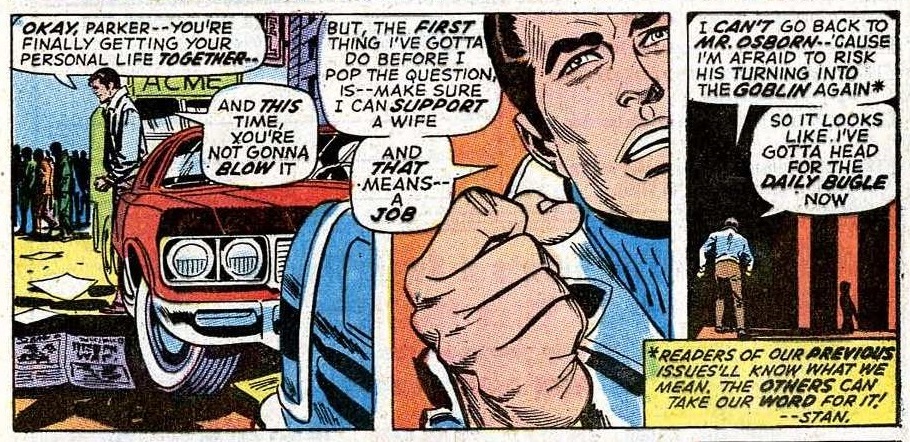
It’s not just Peter but his supporting cast. Gwen goes through the death of her father and subsequent mourning, Mary Jane continues in and out of the group as Harry Osborn’s sometimes girlfriend, and Flash Thompson goes to Vietnam, does a tour and comes back a changed man. All these play upon the life of Peter Parker. At one point, Gwen even convinces Aunt May to ease up on Peter so she won’t continue to treat him like a child. Ultimately, these stories aren’t possible without Peter aging and growing into a man. Since “One More Day,” the storyline that retconned his marriage to Mary Jane, Peter has regressed back to seeming younger and things just happen to him without any sense of real growth or development. He’s trapped in a cycle of his own bad luck. Without Peter continuing to age and grow he will never get out of it. Keeping Peter mired like this for the supposed sake of relatability only works if one expects readers to turn over every few years. That was the philosophy about comic readership for years until the “Marvel Age of Comics” launched with Fantastic Four #1. However, DC Comics did aging and character growth better, especially with Dick Grayson.
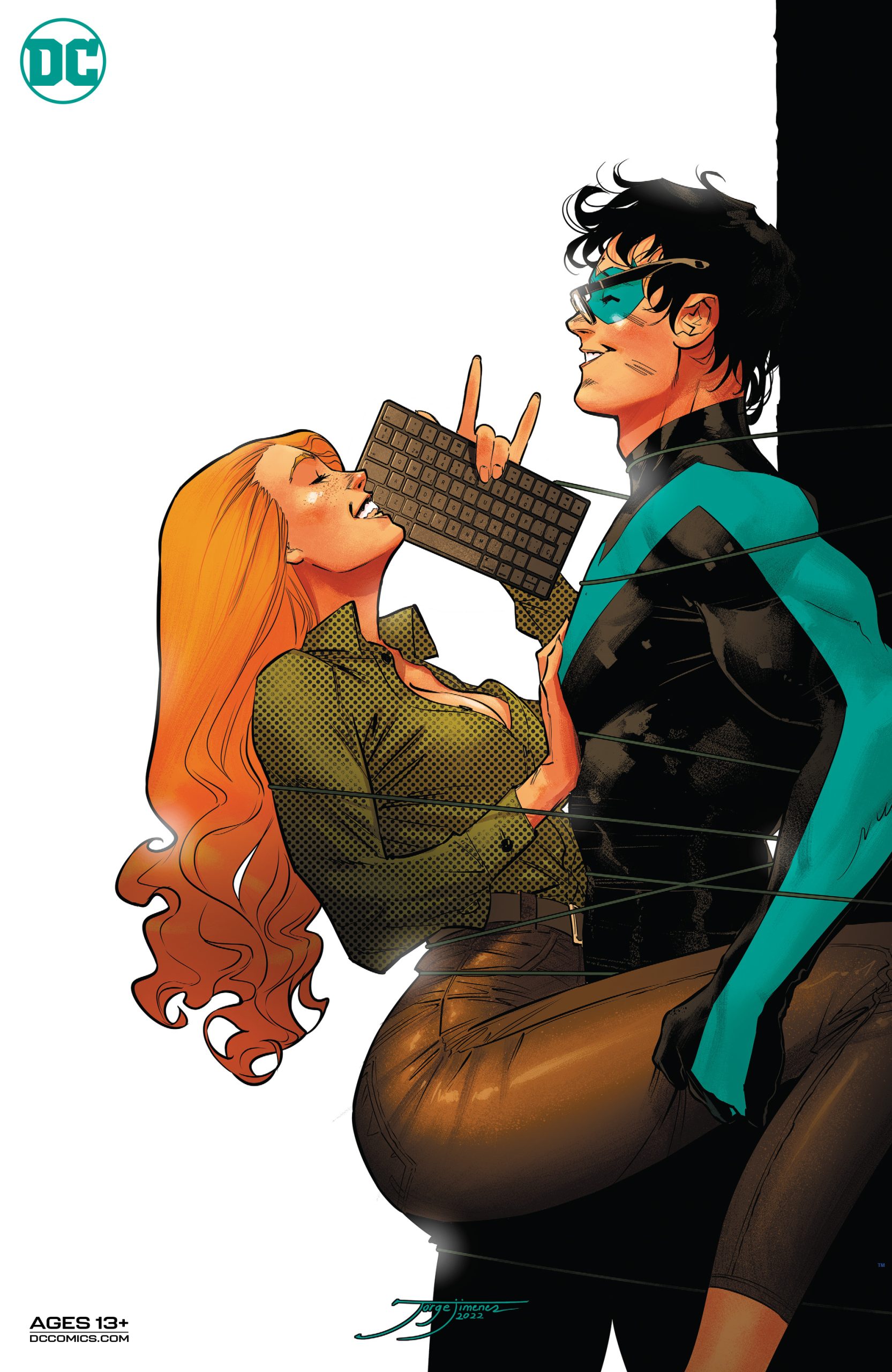
The original Robin, the Boy Wonder is the poster child for why characters should be allowed to grow and age. From his first appearance in Detective Comics #38 in 1940, he was essentially unchanged for twenty-nine years. Something finally happened in Batman #217, Dick Grayson went to college, Hudson University to be exact. In the second half of the sixties, starting with the “new look” era for Batman, Dick had obviously had been shown to be older. He wasn’t twelve anymore, he was certainly around 16 or 17. While it didn’t happen overnight, it was a significant shift for the character. Since then, Dick has been shown to continue to mature and age, including stepping into his own identity and out of Batman’s shadow as Nightwing. This was chronicled chiefly in New Teen Titans, with his first appearance in his new identity in Tales of the Teen Titans #44 (July, 1984). Since then, Dick has continued to be his own man. He’s always part of the Bat-family, but there’s not way to take him back to being Robin. So much has transpired in his life that regressing him would be a huge disservice to the character. His current solo series by Tom Taylor and Bruno Redondo is without question one of DC’s best titles and has received numerous awards and nominations. And, to think, Dan Didio wanted to kill him back in 2006 because he didn’t think characters who aged work.
How Slowly Should the Clock Move?
Along with Dick Grayson, fan favorite Wally West has shown personal and professional growth since he took over the mantle of The Flash at the end of Crisis on Infinite Earths. In addition to maturing as a person into a husband and father, he had massive character development into the role of The Flash. He went from someone not sure he could be The Flash to an iconic version of the character. Fans decried his erasure from continuity in The New 52 so vociferously, that he was the prime mover for Rebirth occurring. None of that would’ve been possible had Wally West not been allowed to age and grow. It took around twenty years for wally to age up around ten years in story. It’s easy enough to follow Dick Grayson’s journey with about four years per every in story year when analyzing his college years. There’s not a hard and fast timeline, and some characters may age faster, but the development of characters and the ability to grow like people do is critical to good storytelling. Readers almost always say they want characters to grow, what they don’t want is inorganic change, change for the sake of change and retcons that don’t fit the character.
What Happens Next?
At the time of this writing, Dick Grayson is enjoying critical and sales success. Peter Parker is mired in a war between editorial and fans. Spider-Man may still sell, but it’s not getting any accolades for the stories, whereas Nightwing is arguably the best book of the Big Two and just won an Eisner Award for best ongoing series. What do you want to see? Would you rather have Dick back as Robin? Would you like Peter and Mary Jane’s marriage reinstated?
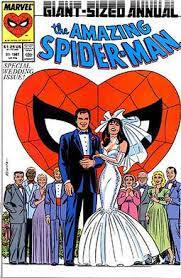
Over on the original Earth-Two, DC Comics devoted a whole Earth to the concept of characters aging and growing in real time. After the Crisis on Infinite Earths it became harder to do so with the legacy characters who were still around. There’s a middle ground, but I think it’s essential for characters to be allowed to age and grow to give stories the sense that they matter, to make characters seem real as they go through their lives and to continually move things forward as opposed to keeping them in an unchanging status quo that doesn’t reflect real life changes.
Perhaps, it’s time to have a parallel Earth that reflects the characters as they move forward like the original Earth-Two. Perhaps, there should be an imprint of timeless stories, but not written down to a younger audience. Perhaps, there should just be some series set in the past that allow earlier points in continuity to be explored and clarified. Ideally, there would be a way to keep classic versions of characters in a timeless manner, but also keep characters growing and developing to keep them interesting. Given a choice, it would be best to allow characters to grow and develop and move forward in their lives, just like real life.










